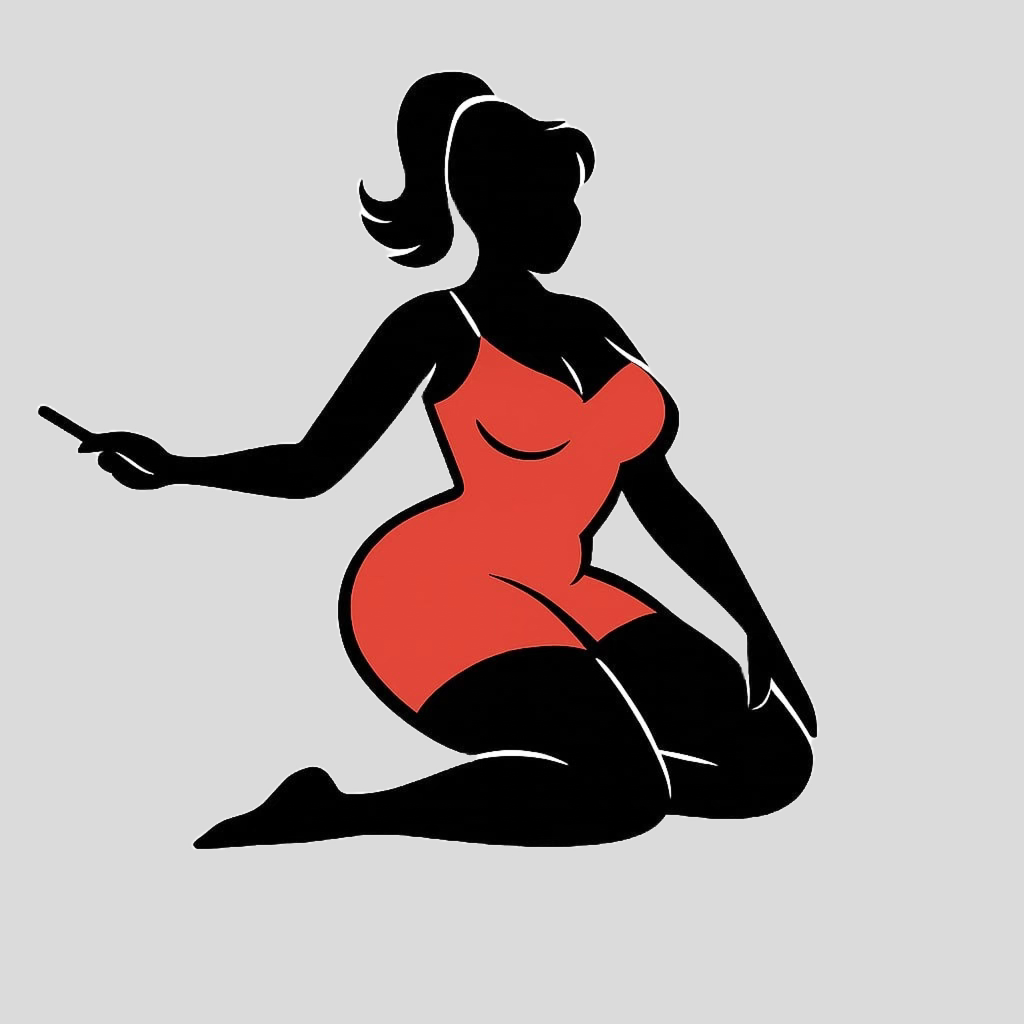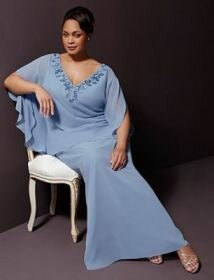 Stage actress Lillian Russell is an ideal beauty at about 200 pounds. She first appeared in light opera in 1879, but didn’t achieve stardom until 1899, when she performed at Weber and Fields’ Music Hall, and later with her own Lillian Russell Opera Company. She was noted for her flamboyant personality and for her love of jewelry.
Stage actress Lillian Russell is an ideal beauty at about 200 pounds. She first appeared in light opera in 1879, but didn’t achieve stardom until 1899, when she performed at Weber and Fields’ Music Hall, and later with her own Lillian Russell Opera Company. She was noted for her flamboyant personality and for her love of jewelry.
On November 22, 1880 Lillian Russell made her debut at Tony Pastor’s Theatre in New York City. Within weeks, the beautiful blonde added a prominent role in The Pie Rats of Penn Yann to her stage credits. This spirited “travesty” of Gilbert and Sullivan’s The Pirates of Pennzance made Lillian Russell an instant star. For the next 35 years, Russell maintained her position as one of the first ladies of the American stage. Born Helen Louise Leonard in 1861, “Nellie” was raised in a middle class home. Trained in music and foreign languages, in the late 1870s she moved with her mother from Chicago to New York in order to receive advanced voice instruction.
Soon, she met Tony Pastor, the vaudeville impresario who transformed the slightly seedy variety format into respectable family entertainment. Billed as “Lillian Russell, The English Ballad Singer” she was seen at Tony Pastor’s by almost everyone in New York–except her mother.
“For more than a month I succeeded in appearing in Tony Pastor’s every night, without my mother receiving so much as an inkling of my new occupation. This was easier than it sounds because mother was a busy woman . . . But one night at dinner I had a sudden premonition that something was wrong. I raised my eyes and found the glance of a newspaperman who lived in the same house . . . “Mrs. Leonard,” he said, “do you know that there is a girl named Lillian Russell, who sings at Tony Pastor’s Theatre, who looks enough like your little Nellie to be her sister?”” – Lillian Russell, American Vaudeville As seen By Its Contemporaries (New York: Random House, 1984) page. 11-12.
Assured that Tony Pastor’s Theatre was “respectable,” that night Mrs. Leonard sat in the audience and joined in the thunderous applause following her daughter’s performance.
Hearing her sing in Pie Rats of Penn Yann, Sir Arthur Sullivan pressured Russell to leave Tony Pastor’s for an equivalent role in the legitimate production. She refused to break her contract with Pastor. By 1888, Russell commanded $20,000 a year headlining the Casino Theater in New York City. There she took on some of her most acclaimed roles including Gabrielle Dalmont in An American Beauty–a title that became her soubriquet.
Entering her second decade on the stage, Russell was as popular as ever. Touring with the Casino company made Lillian Russell a household name. When Alexander Graham Bell introduced long distance telephone service on May 8, 1890, her voice was the first carried over the new line. Stationed in New York, Russell sang “Sabre Song” to audiences in Boston and Washington.
The turn of the century found Russell older and fuller of figure, but still highly paid and much in demand. In 1899, she moved away from light opera and toward vaudeville by joining Lew Fields and Joe Weber’s theatrical company. At the Weber and Fields Music Hall and with their touring company she stared in productions including Whirl-I-Gig, Hoity-Toity, and Woop-Dee-Doo. In September 1900, Russell and other performers entertained at a benefit for Galveston flood victims.
One of America’s first celebrities, the public was as fascinated with Lillian Russell’s private life as they were enchanted by her stage presence. Although her solid middle-class background and lady-like demeanor helped elevate the social status of entertainers, Russell’s four marriages (one to a bigamist), her rumored affairs with Diamond Jim Brady and the Great Sandow, and her appetite for food and jewelry added to her notoriety.
After marrying prominent Republican Alfred P. Moore in 1912, Russell increasingly focused on politics. She presided over opening of Progressive Party headquarters in Pittsburgh, sold Liberty Bonds during World War I, and campaigned for Warren Harding in the 1920 election.
Lillian Russell died in 1922 shortly after a completing a fact-finding mission to Europe on behalf of President Harding. She was buried with full military honors.
Related Tags:
lillian russell, lillian russell actress









